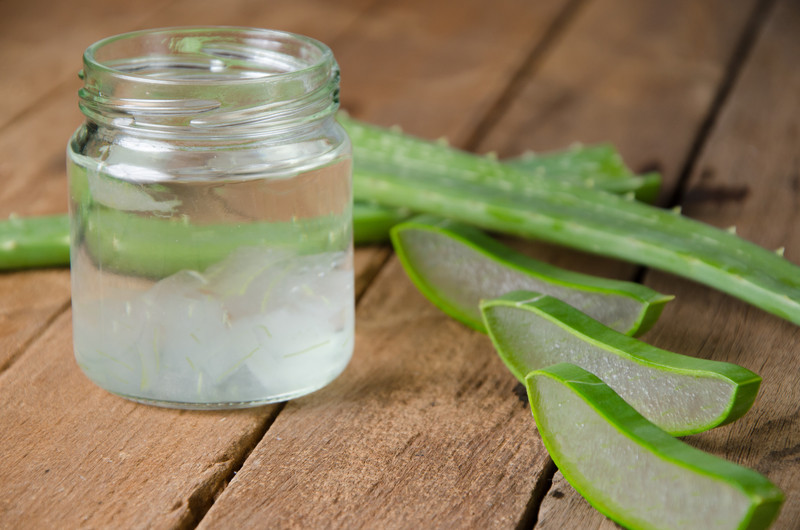How To Treat Citrus Burns
Phytophotodermatitis, most commonly referred to as citrus burns, is a skin condition in which the chemical compound found in citrus fruits reacts with the sun's ultraviolet rays, making the skin more sensitive to sunlight, causing it to burn. Limes are the most common source of citrus burns, but other fruits and vegetables, such as lemons, carrots, oranges, and parsnips also have this capacity. The onset of symptoms from a citrus burn typically takes about twenty-four hours from the initial contact. Redness and irritation usually occur first, followed by burn blisters occurring along the area in which the citrus elements had contact with the skin.
Start reading now to learn about the various ways to treat citrus burns effectively.
Moisturize Minor Burns

Typically minor, first-degree citrus burns can be treated without medical intervention and with over-the-counter products. Using gels and lotions to moisturize minor burns can reduce discomfort and pain. Aloe vera is a fantastic skin moisturizer and has been used for centuries to treat minor burns and cuts. Fresh aloe vera can typically be purchased at grocery and specialty stores and is the best option. Cutting a small portion of the plant and rubbing the gel from inside the leaf directly onto the burn can help patients with citrus burns to find almost immediate relief. If fresh aloe vera is not available, plenty of over the counter products contain aloe vera, and these can work as well. Products containing shea butter are also great moisturizers for citrus burns.
Keep reading for more on potential treatments for citrus burns now.